Call free on: 0800 389 2839
Call free on: 0800 389 2839
Join in... The latest news and blogs from NEC
Where can I access art online? Friday, 15 May 2020
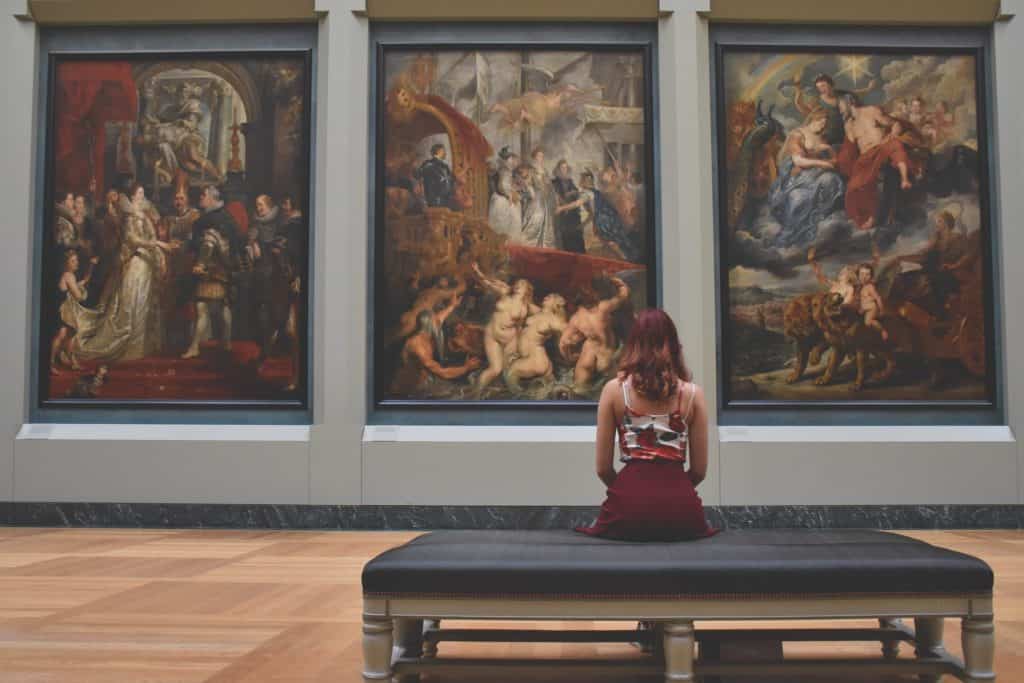
In the first of a new series, NEC student Fleur talks about her experience studying A level History of Art during the coronavirus lockdown, and where you can access great works of art online.
What I think about when I think about art
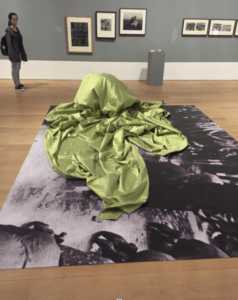
“(…) For the first time ever, images of art have become ephemeral, ubiquitous, insubstantial, available, valueless, free. They surround us in the same way as a language surrounds us. They have entered the mainstream of life over which they no longer, in themselves, have power.” – John Berger, Ways of Seeing
So here I am a couple of months into my art history course and I am going to attempt to put into words the ‘Way I am Now Seeing’ art and my thoughts on studying A level History of Art through distance learning. However, due to the current ‘insert preferred adjective’ times, the way I am now seeing art is an even more solitary pursuit than I could have ever imagined.
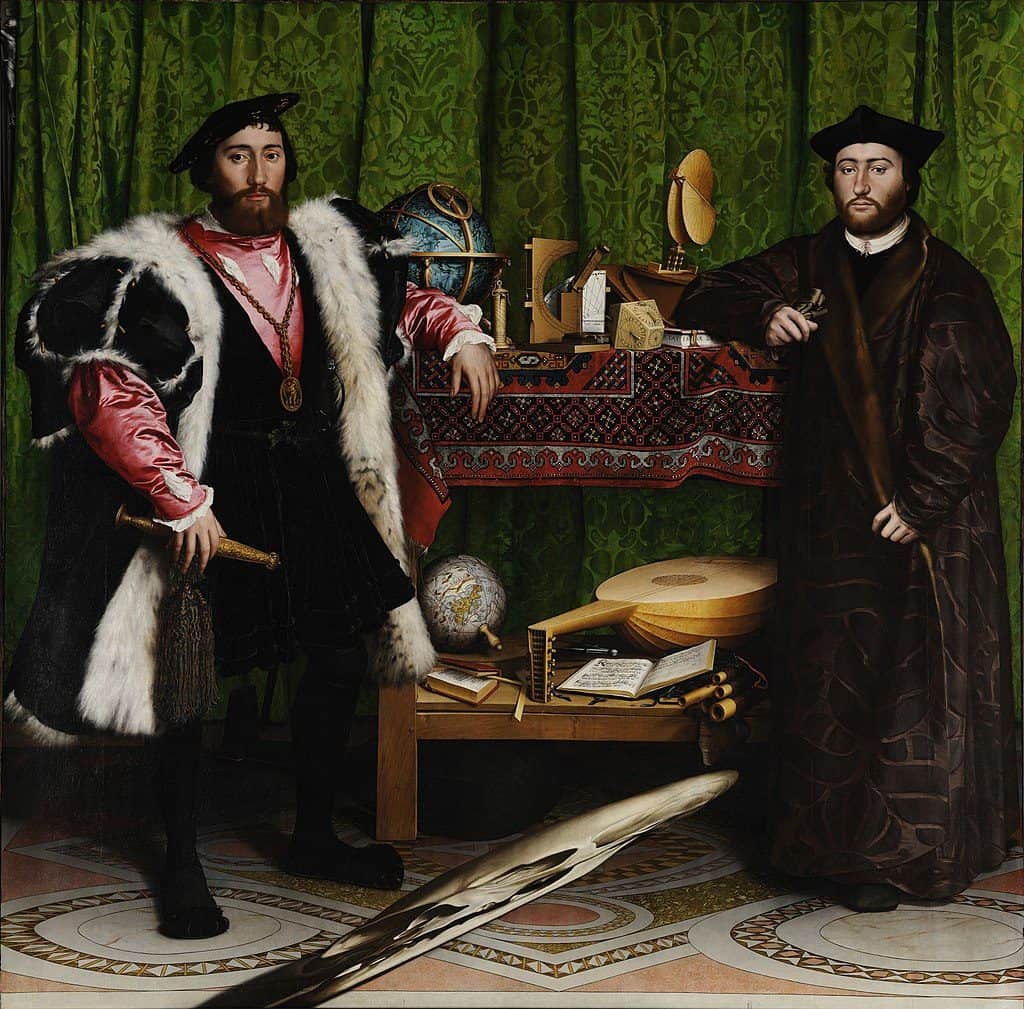
I am in the early stages of learning this new language and like any budding new linguist the advice is to get out there. You to feel your tongue embrace the new succession of vowels and hear the alien syllables echo around a room of bemused native speakers. I want to smell the polish of the floorboards and hear them creak. I want to stand next to a stranger so we can tilt our heads together while we take advantage of a temporary ray of dust-filled light that illuminates the texture of one of Holbein’s ambassadors’ coats.
But the doors to my local art galleries remain closed.
However one of the joys of distance learning (and aren’t we all distance learners now?) is the ability to zoom into the works of art in a way that I would never be permitted to do in real life for fear of unleashing the wrath of a gallery assistant. You can see each individual brush stroke. Often art galleries are so busy that there simply isn’t enough time to see the whole work of art as it was meant to be seen; I know my visits are always tinged with the anxiety of being in the way of the focal point of the scene and the exhibitions are sometimes so gargantuan that, I am ashamed to say, I sometimes end up treating the whole afternoon like a mad dash artistic assault course in my attempt to ‘see everything’.
(There is a tiny hare in that Turner painting about to meet it’s doom by the way…something that you would only be able to zoom into on a digital version.)
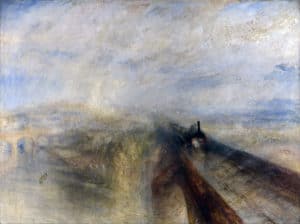
Spending hours with one paintings is a meditative simple pleasure, and the act of studying art history has equipped me with a plethora of questions I can ask of one work. By asking these questions I get closer to the emotion of the work and I am able to better understand my ‘gut feeling’ and, in turn, the human condition.
I think that’s something we all need a little bit of right now.
Written by Fleur, one of our A level History of Art students.
Where can you access art online?
Looking at Collections: A How to Guide for Researchers
This project is being put together by the University of Cambridge Museums. As our office is based in Cambridge, the Fitzwilliam museum is our local gallery and one that everyone enjoys visiting. This resource shows you how to plan and execute a research project and could be a good source of advice: https://www.museums.cam.ac.uk/lookingatcollections/
The Courtauld Virtual Tour
Technology and the arts are often seen to be in opposition. However, this virtual tour proves that you can have a gallery experience from your own home. With high definition imagery and the ability to “walk” from room to room, settle down with a notebook and a cup of tea and take in these artworks: https://courtauld.ac.uk/gallery/about/3d-gallery-virtual-tour
V21 Art Space
This site offers 3D virtual exhibitions from around the UK and Europe. With interactive features such as a measurement function, allowing you to understand the true scale of a piece, this innovative resource means that you can travel to dozens of smaller galleries and museums without the travel: https://v21artspace.com/
Museums in Quarantine
This series explores national museum collections at a time of forced enclosure, including the British Museum and Tate Modern: https://www.bbc.co.uk/programmes/m000hqmn
Further resources
This is just a handful of the hundreds of resources available online that will help enhance your studies. For more innovative answers, explore this post by MCN: http://mcn.edu/a-guide-to-virtual-museum-resources/. Paintings in Hospitals has also written this brilliantly motivating post about why the arts matter at times like this, and is well worth the read.
Leave a Reply Cancel reply
More stories
working at NEC
Uncategorized
- Balancing an A level with My Passion for Dance
- The Future of Art History: Why Study A level History of Art with the National Extension College?
- Why Study Physics?
- Embracing a New Path: Jill’s Journey from Online Learning to Career Success in Art History
- How Toby Found a Perfect Fit for His Passion: Online A level English Literature with NEC
Study Tips
Student Stories
- Balancing an A level with My Passion for Dance
- Passion and Academics: How Izzy Balances Full-time Musical Theatre Studies with Studying A level Physics
- How NEC Helped Kari’s Son Niko to Continue his A level Studies Despite Long-Term Illness
- Embracing a New Path: Jill’s Journey from Online Learning to Career Success in Art History
- How Toby Found a Perfect Fit for His Passion: Online A level English Literature with NEC
SFT
Results Day
- Resitting A level STEM Subjects: How to Turn Your Setback into a Stepping Stone for a Brighter Future
- Resits vs. Retakes: Understanding the Difference and Making the Most of Your Second Chance
- GCSE Results Day 2024: What to Do When You Didn’t Get the GCSE Results You Wanted
- GCSE Results Day 2024: Your Complete Guide
- A level Results Day 2024: Your Ultimate Guide to Success
Policy and Campaigns
- A Pathway to Success Beyond A levels: Why Level 4 and Level 5 Qualifications Matter
- Schools and Academies Show 2024: Insights for School Leaders
- Big Data and Educational Trends: Insights for Students and Schools
- University of Cambridge Institute of Continuing Education offers tuition fee bursary for NEC A level students
- Five study bursaries for state sector teachers to take online A level Classical Civilisation offered by The Classical Association
Podcast
Our Courses
- Balancing an A level with My Passion for Dance
- How NEC’s Inclusive Approach to Learning Design is Redefining Independent Learning
- NEC’s Learning Design: A Pathway to Success for Independent Learners
- Passion and Academics: How Izzy Balances Full-time Musical Theatre Studies with Studying A level Physics
- Why Study Psychology? – Key Benefits, Careers and What You’ll Need to Study Psychology at University
Lifelong Learning
- A Pathway to Success Beyond A levels: Why Level 4 and Level 5 Qualifications Matter
- Benefits of Homeschooling: Is Home Education Right for Your Family?
- How NEC’s Inclusive Approach to Learning Design is Redefining Independent Learning
- The Future of Art History: Why Study A level History of Art with the National Extension College?
- National Coding Week 2024: The Vital Role of Coding in the Modern World
Home Schooling
- Benefits of Homeschooling: Is Home Education Right for Your Family?
- How NEC Helped Kari’s Son Niko to Continue his A level Studies Despite Long-Term Illness
- Exploring Science Practicals at Home: A Guide for Homeschoolers
- Homeschooling in 2024: How to Personalise Your Child’s Education
- What is Homeschooling?
Guest Blogs
- Passion and Academics: How Izzy Balances Full-time Musical Theatre Studies with Studying A level Physics
- My Experience as a Marketing Intern with the National Extension College
- The economics of political parties
- Embarking on a journey: My decision to ‘Fast-Track’ A level Physics with NEC
- Homeschooler Andrew’s experience of studying IGCSE Chemistry
General
- Balancing an A level with My Passion for Dance
- A Pathway to Success Beyond A levels: Why Level 4 and Level 5 Qualifications Matter
- Schools and Academies Show 2024: Insights for School Leaders
- How NEC’s Inclusive Approach to Learning Design is Redefining Independent Learning
- NEC’s Learning Design: A Pathway to Success for Independent Learners

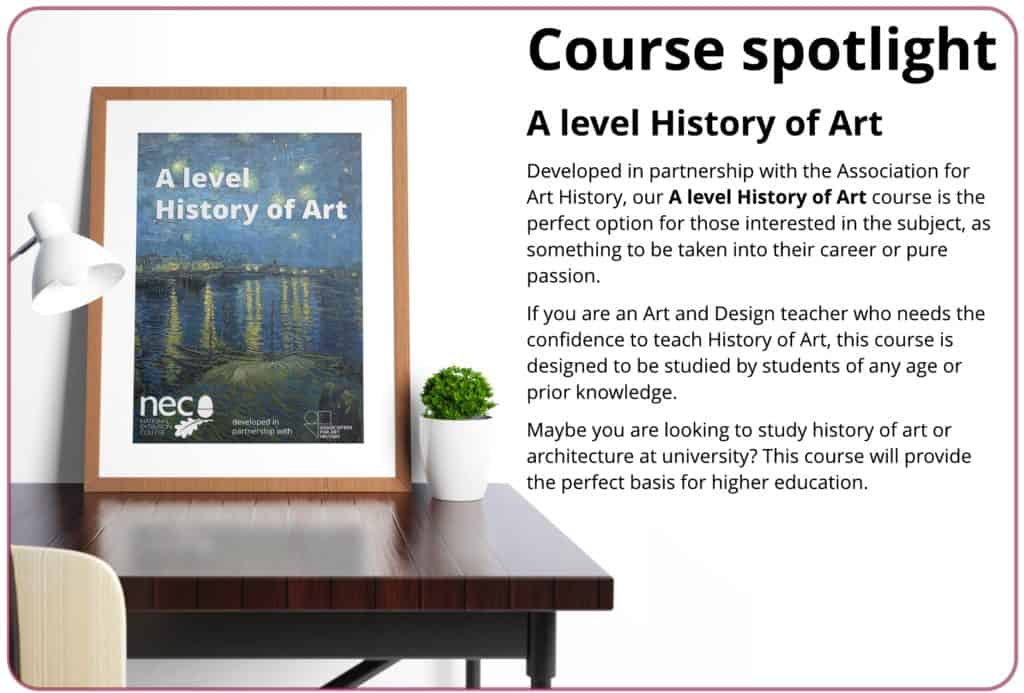
Add a new comment
Current comments: 0